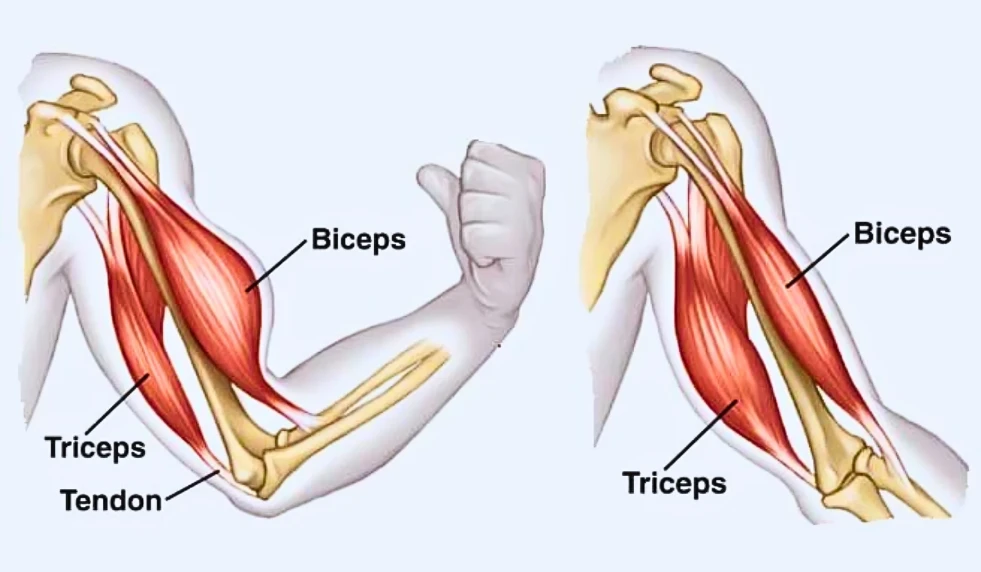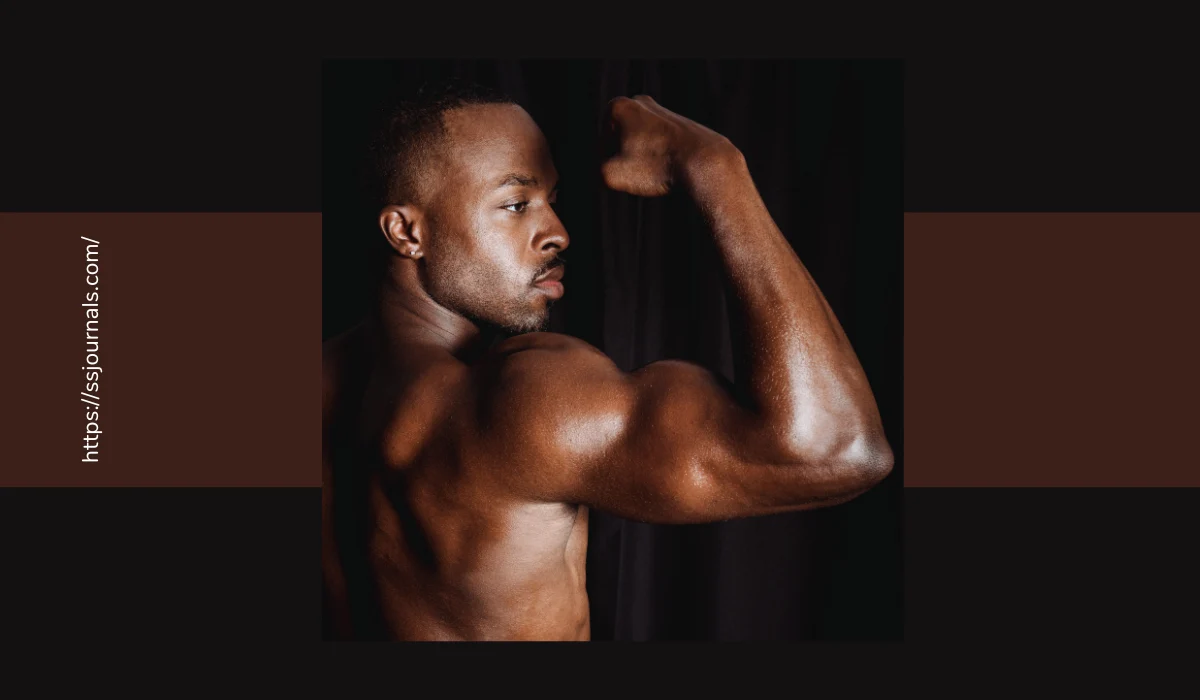Whether you’re looking to build muscular, toned arms or simply strengthen your upper body, two key muscle groups always come to debate – the biceps and triceps. These are the flexors and extensors that allow you to perform pulling and pushing movements with your arms. When it comes to biceps vs triceps, which group of arm muscles truly reigns supreme?
In this blog, we’ll analyze the anatomy, function, and growth potential of the biceps and triceps. By understanding the unique qualities of each group of arm muscles, you can tailor your workouts accordingly and achieve balanced arm development. With smart programming focused on both pushing and pulling exercises, you can sculpt impressive guns that are both aesthetically pleasing and functionally capable.
Biceps vs Triceps – Anatomy
The biceps muscle sits on the front part of the upper arm spanning from the shoulder to the elbow. This two-headed muscle flexes the elbow bringing the lower arm upwards towards the upper arm. The triceps on the back of the arm perform the opposite action – elbow extension. With its three heads, the triceps straighten the lower arm downwards.

Biceps vs Triceps – Function
When looking at arm function, the triceps edge out the biceps in strength and usage. The triceps are engaged in nearly all upper-body pressing movements from push-ups to shoulder presses.
Comparatively, the biceps play a smaller role in pulling motions like rows and chin-ups. However, the biceps have greater visibility and aesthetic appeal for those seeking defined arms.
Biceps vs Triceps – Growth Potential
Although the triceps are inherently stronger, the biceps often garner more attention for sculpting eye-catching ‘peaks’. With strategic isolation work, it is possible to build biceps that ‘pop’ far more dramatically than the triceps. That said, balanced development of both heads is key for functionality, performance, and an overall muscular physique.
Which Muscle Group is Better for You? Biceps Or triceps
When comparing biceps vs triceps, neither muscle reigns superior overall. Both play crucial yet complementary roles in arm mobility and strength. Those seeking to improve arm fitness should focus on stimulating both groups of arm muscles for proportional development.
If aesthetics are your primary goal, direct biceps work can lead to quicker growth and definition. Just be wary of overtraining which can cause injury or muscular imbalances.
For athletes and fitness enthusiasts, balanced push/pull exercises that train both heads in tandem better support performance.
Also Read: Foods To Avoid When Building Muscles: The Link You Should Know
How To Train Biceps And Triceps?
Now that you understand the unique functions of your arm’s flexors and extensors, how do you direct your training for results? Here are key points exercises one should keep in mind to kick-start purposeful biceps and triceps stimulation:
Biceps Training Tips
- Use good form when curling to maximize contraction.
- Vary rep ranges from high to low.
- Utilize cheat curls, concentration curls, and spider curls for biceps peaks.
- Avoid overtraining biceps more than 2 times a week.
Triceps Training Tips
- Close grip bench pressing recruits all triceps heads.
- Overhead extensions target the hard-to-reach long-head.
- Higher volume with moderate weight sparks growth.
- Let your triceps fully recover before the next session.
By following these guidelines in exercises, you can craft a program that trains both heads for proportional, functional arms. Don’t neglect one muscle over the other. Show a commitment towards balanced push/pull training. Then, you will make continual progress toward your goals whether strength or physique-oriented.
Also Read: 10 Signs Of Gaining Muscles And Losing Fat: From My Experience!
Conclusion
The debate between biceps vs triceps comes down to individual goals and training needs. The triceps edge out in brute strength and usage. But, the biceps’ visibility makes them more coveted from an aesthetic standpoint. Luckily you need not choose one muscle over the other. Targeted yet balanced training of both heads is optimal for mobility, performance, and muscular arms.
To recap, the triceps straighten the elbow so are engaged more often in pressing moves. Comparatively, the biceps play a smaller role by bending the elbow to lift weight via pulling. For sheer power output, the three-headed triceps dominate. But the iconic biceps peaks remain a quintessential marker of strong, defined arms.
By understanding the unique qualities of each muscle group, you can adjust your programming accordingly. Athletes and fitness buffs should emphasize compound moves that train both in tandem for real-world strength. Those seeking maximum arm growth can isolate each head with curls and extensions in the 8-15 rep range. Just be wary of overemphasizing one over the other.
The takeaway is that neither biceps nor triceps reign supreme or obsolete. Your training must balance mobility, performance, and aesthetics. With a commitment to progressive lifting and sound nutrition, you will make continual gains. Over time, your arms will transform with proportional peaks and horseshoe shaping that turn heads.
So which muscle is better or more important to you? How will you balance your biceps and triceps training focus moving forward?

